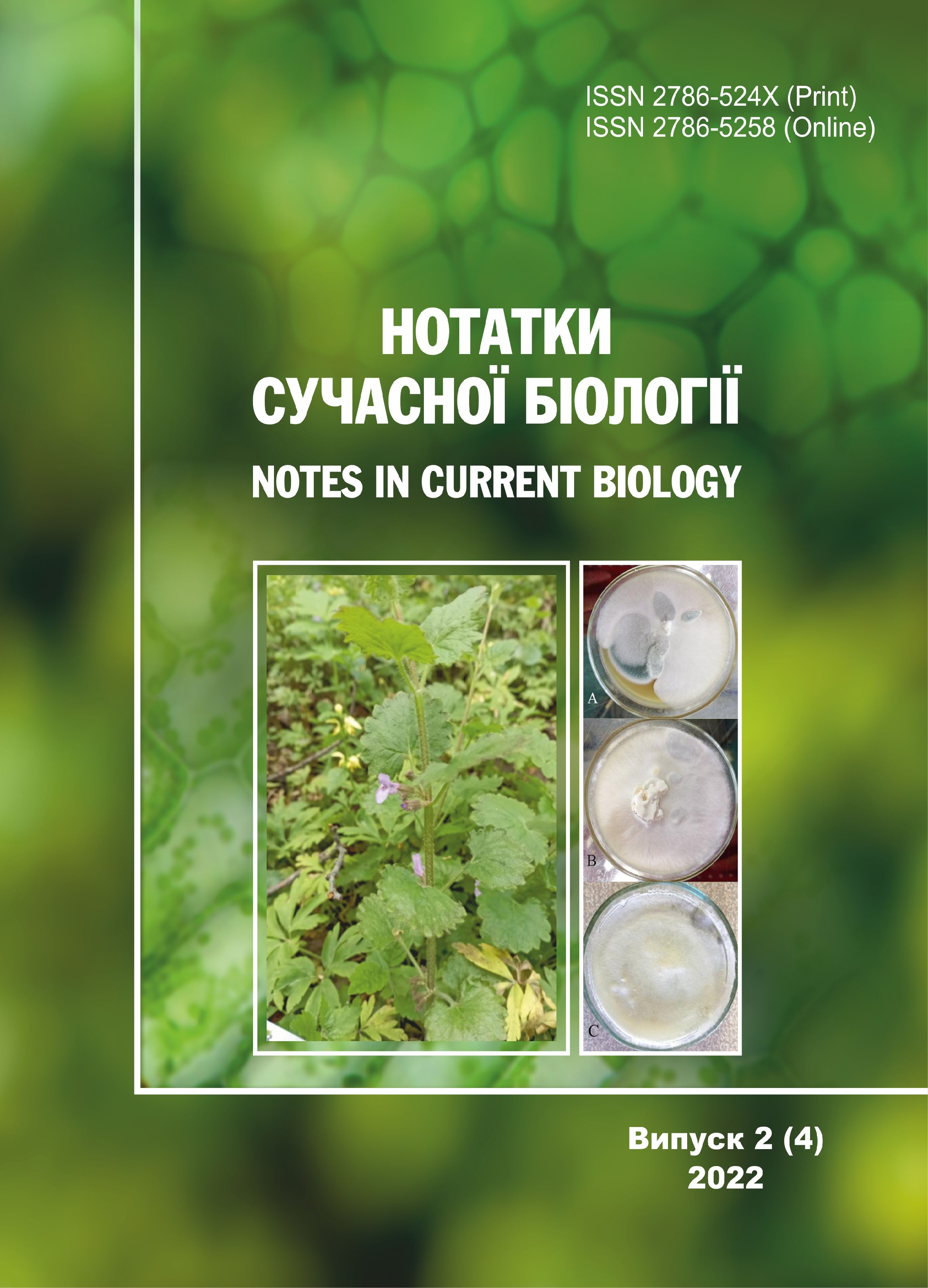Features of biochemical indicators of blood in males and female with type II diabetes
DOI:
https://doi.org/10.29038/2617-4723-2022-2-11Keywords:
diabetes, blood, biochemical indicators, glucoseAbstract
Diabetes is one of the leading medical and social problems. Millions of people in all countries of the world suffer from this disease. Diabetes is third in the world after cardiovascular and cancer. Understanding the causes of the disease and its impact on the functioning of the body is important for the rational use of modern treatment and the creation of more effective therapeutic agents. The purpose of the study was to identify the peculiarities of blood biochemical parameters in men and women with type II diabetes.
The study was conducted on 40 persons of male (20 people) and female (20 people) at the age of 45 ± 2,1 years with type II diabetes. All the studied had a long course of the disease, which was at least 5 years. The determination of biochemical parameters of blood was carried out as a result of the study of venous blood of patients.
Biochemical blood indicators in men with type II diabetes were characterized by significantly higher rates (creatinine, urea, urea nitrogen and Weltman test), compared to women with the same diagnosis. In men with type II diabetes revealed a significantly dependence between high glucose levels and urea content, urea nitrogen and creatinine in whole blood. Biochemical blood indicators in men with type II diabetes were characterized by significantly higher rates (creatinine, urea, urea nitrogen and Weltman test), compared to women with the same diagnosis. In men with type 2 diabetes, according to the results of urea and creatinine, the process of removing metabolism products from the body slowed. Therefore, the long course of the disease in men, compared to women diagnosed with type II diabetes, is manifested by more reactive pathological changes in the functioning of excretory and circulatory systems according to blood. Obviously, for men with type II diabetes should pay more attention on diet and undergo a preventive examination for the morpho-functional condition of the cardiovascular and excretory systems.
References
Pavelić, J.; Matijević, T.; Knezević, J. Biological & physiological aspects of action of insulin-like growth factor peptide family. J. Med. Res.; 2007, Vol. 125, №4, P. 511–522.
Kuzyshyn, O. V.; Kovalyshyn, N. V.; Almashyna, Kh. V. Biochemistry of the Diabetes: 1. Theoretical Part (Review). Bulletin of Vasyl Stefanyk Precarpathian National University. Chemistry series; 2010, Iss. IX, P. 74–115.
Kot, L.; Bogdanova, O.; Ostapchenko, L. Modern ideas about biochemical mechanisms of pathogenesis of insulin-dependent diabetes. Visnyk of the National Academy of Sciences of Ukraine; 2008, № 9, P. 18-26.
Galenova, T. I.; Raksha, N. G.; Savchuk, O. M. Functioning of some key enzymes of carbohydrate metabolism in rats under conditions of experimental type 2 diabetes. Experiment. and and clinical physiology and biochemistry; 2011, Vol. 54, No. 2, P. 13-21.
Dinnen, S.; Gerich, J.; Rizza R. Carbohydrate metabolismin non-insulin-dependent diabetes mellitus. New England Journ. of Medicine; 1992, Vol. 327, № 10, P. 707-713.
Fediv, O. I.; Marchuk, Yu. F.; Voshina, L.O. Peculiarities of damage to the hepatobiliary system in patients with type II diabetes. Bukovinian Medical Herald; 2008, Vol. 12, No. 4, P. 126-131.
Pankiv, V. I. Modern possibilities of correcting the functional state of the liver in patients with diabetes using the drug HepaMertz (Lornithine Laspartate). International endocrinol. Journ; 2012, No. 5 (45), P. 36-42.
Ta, S. Diagnosis and classification of diabetes mellitus. Diabetes Care; 2014, Vol. 37, P. 81.
Bondar, P. M.; Mikhalchyshyn, G. P. Actual issues of diagnosis and treatment of diabetes. Journal of a modern doctor. The art of healing; 2003, No. 1, P. 51-55.
Pankiv, V. I. Approaches to the treatment of type 2 diabetes mellitus and its complications: what do we have today? Health of Ukraine; 2007, Vol. 1, No. 10, P. 18-19.
Downloads
Published
Issue
Section
License

This work is licensed under a Creative Commons Attribution-NonCommercial 4.0 International License.





